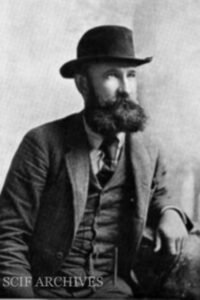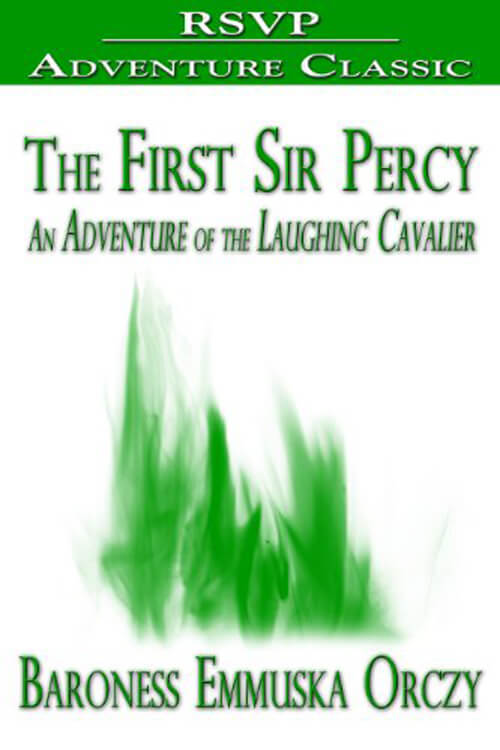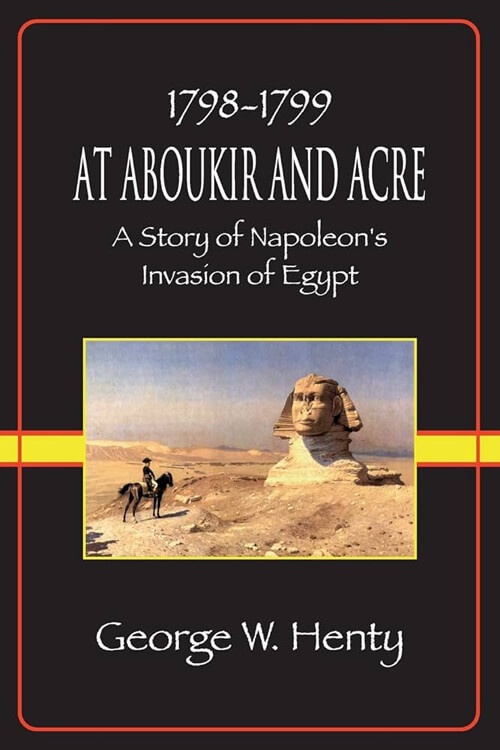
Animal Carvings from Mounds of the Mississippi Valley
The idea thus suggested fell on fruitful ground. Each succeeding writer who has attempted to show that the Mound-Builders were of a race different from the North American Indian or had other than an autochthonous origin has not failed to lay particular stress upon the presence in the mounds of sculptures of the manatee, as well as of other strange beasts and birds, carved evidently by the same hands that portrayed many of our native fauna. Except that the theories based upon the sculptures have been annunciated more positively by recent writers and given a more comprehensive range, they have been left almost precisely as set forth by the authors of the “Ancient Monuments.”
At the same time, nothing appears to have been brought to light since their time in the way of additional sculptured evidence of the same character. It is indeed a little curious to note the perfect unanimity with which most writers fall back upon the above authors as at once the source of the data they adduce in support of the several theories and as their final, nay, their only, authority. Now and then, one will be found to dissent from some particular bit of evidence, as announced by Squier and Davis, or to give a somewhat different turn to the conclusions derivable from the testimony they offered.
Read or download Book
Henry W. Henshaw
Henry Wetherbee Henshaw (March 3, 1850 – August 1, 1930) was an American ornithologist and ethnologist.
Biography.
He worked at the U.S. Bureau of Ethnology from 1888 to 1892 and was editor of the journal American Anthropologist. Henry Henshaw was born to William and Sarah Holden Wetherbee. He studied at Cambridge High School, where he met William Brewster. In 1869, he was forced to give up school due to ill health and went on a collecting trip to Louisiana. This marked the start of his career as a field naturalist. In 1870, Henshaw travelled to Florida with naturalist Charles Johnson Maynard and artist Edwin Lord Weeks. The same year, he found the first Baird’s sandpiper east of the Mississippi River in Boston. Through this discovery, Henshaw became known to the secretary of the Smithsonian, Spencer Baird.
In 1872, he went to Utah as a natural history collector on the Wheeler Survey, continuing until it merged with the United States Geological Survey in 1879. 1872, Henshaw went to Salt Lake City on the Wheeler Survey as a naturalist. In 1874, he had his most successful field expedition from Santa Fe, New Mexico, to the Gila River and southwestern Arizona. There, he met with the native Apaches and caught specimens for the Smithsonian. In 1875, he returned to Washington and was approached by John Wesley Powell of the Bureau of Ethnology. Along with C. Hart Merriam and Grove Karl Gilbert, Henshaw set out West on the United States Geological Survey, where, in addition to his ornithological work, Henshaw worked on linguistics and anthropology, eventually compiling a volume book titled Handbook of North American Indians North of Mexico.






